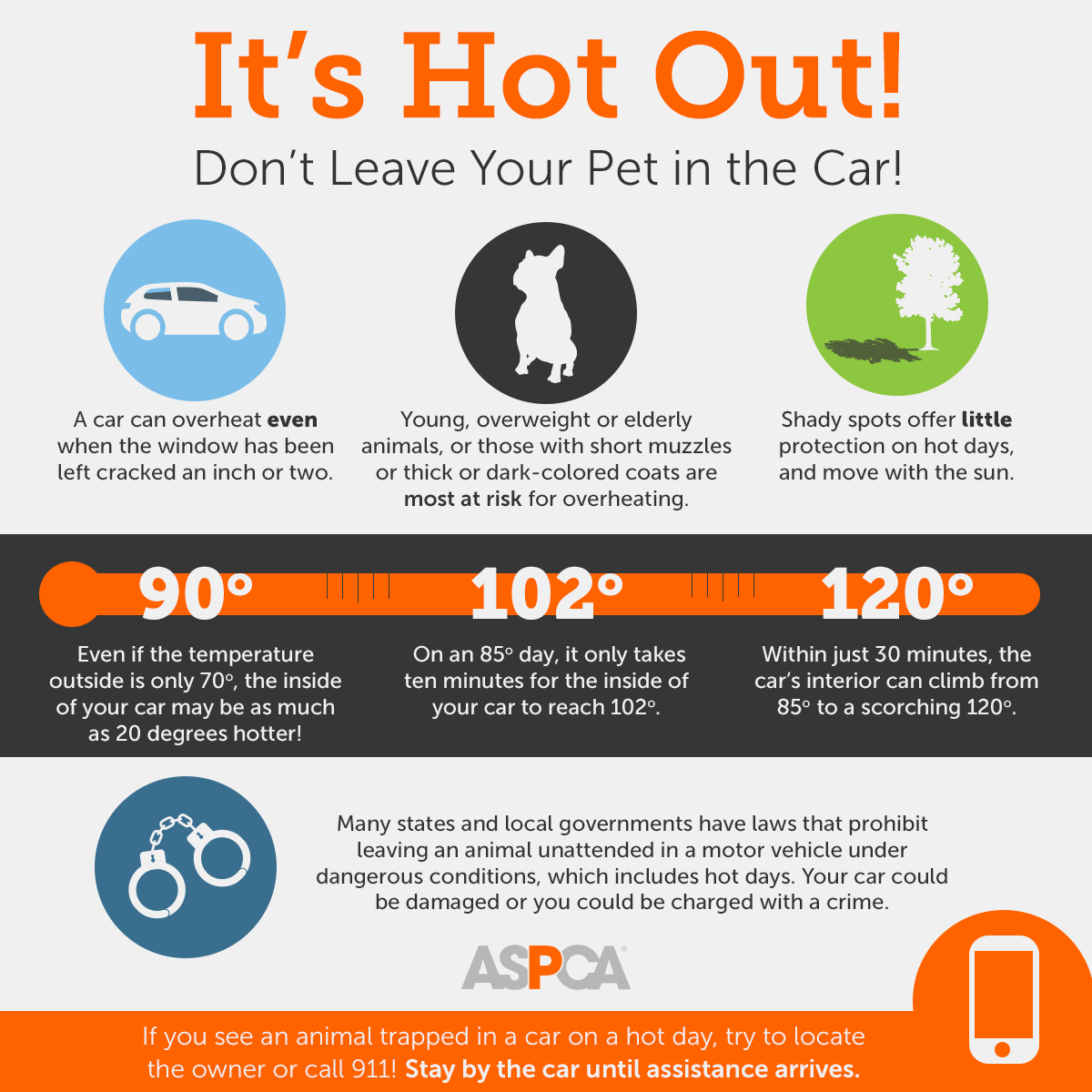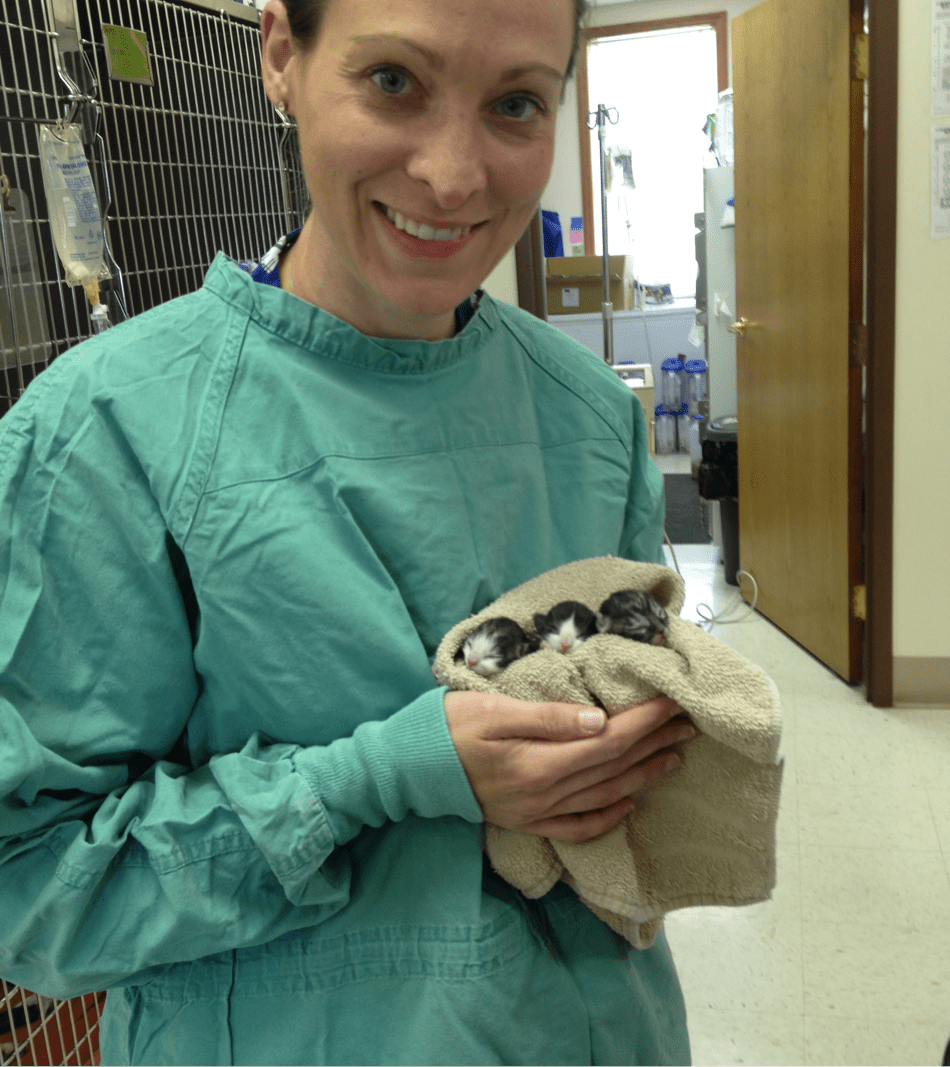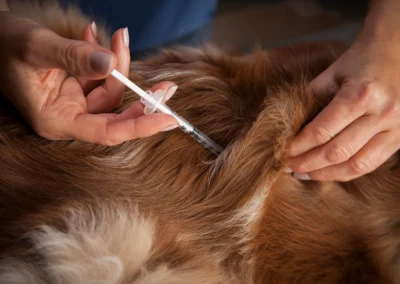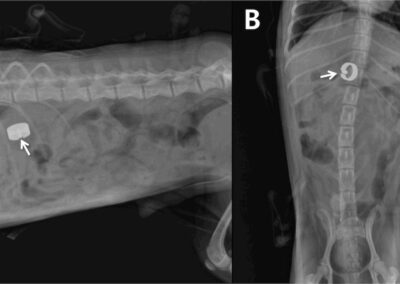We are barely into summer and tragedy has already struck! I was seeing scheduled appointments when I get a call that a dog was broken out of a parked car, was non-responsive, and the family will be in as soon as possible. The staff jumps into action prepping for what is surely a horrible situation. We did not know what condition this dog was in, how long it was locked in the car, or if it was even breathing. We are all fearing the worst as there was a heat advisory that day and with the heat index and pollution levels, it had been almost 100 degrees F all day. We have an assistant posted at the front door waiting, a veterinary technician ready with the crash cart, oxygen, and monitoring equipment….and well, I have to keep seeing the animals that are already at the office waiting for care. Time seemed to go so slow! We keep waiting for this poor dog to arrive but 5 minutes feel like 30. Then it’s here. The dog has no heartbeat and is not breathing. It’s passed already, but we were going to try. His jaw is clenched shut and there is foam coming from his mouth, we cannot get it open to pass a tube and secure an airway, so we start giving oxygen in his nose. I have to place a catheter in the jugular vein. We start fluids, emergency medication, and chest compressions. We continue for 7 painful minutes and nothing. He’s gone, we knew that when we started but it still hurt.I gather myself to go talk to the family, I’m not sure I even want to hear their side of the story, I’m angry, I’m sad – how many times do we have to tell people not to do this.
“I’m so sorry we tried, he’s gone, there is nothing more I can do.”
The family that was present was inconsolable. Doesn’t matter how or why at this point the family is suffering a loss, part of the family is not coming home.
Heat stroke is the most severe form of hyperthermia. It occurs when a dog’s body temperature is above 105.8F and signs of distress begin prior to that. Dogs cannot cool themselves the same way people can. They have a

few sweat glands in their nose and paws other than that the only other mechanism for cooling is panting which is inefficient when locked in a car. On very hot days, dogs can die in as little as 15 minutes. Heat stroke causes multi organ failure and with each organ that becomes affected our chances of recovery decrease. Pets with signs or suspected to have heat stroke need immediate care.
Heat stroke can occur even on mild days if a pet is left in a car. Some breeds (pugs, bulldogs, etc) can experience heat stroke on walks during summer months because of their short faces and modified anatomy. Bottom line, don’t leave you dog in your car and if you have an at risk breed use extreme caution to prevention heat stress during the summer months. This never ends well for anyone.
Stay safe friends.

 Barks & Recreation is proud to feature Dr. Eileen Savier CVA, CVCH as our Veterinary Blogger in our “From the Vet” Series — offering information related to the health and welfare of your furry family members! Currently part of the team of doctors at Keystone Veterinary Clinic, Dr. Savier is a 2012 Graduate of the Ross University School of Veterinary Medicine, She completed her clinical experience at The Ohio State University and after veterinary school she pursued further education and certification in Veterinary Acupuncture, Chinese Herbal Medicine, and Fear Free veterinary visits. Dr. Savier has a special interest in integrative medicine, animal behavior, and internal medicine and is committed to improving animal health care by integrating Eastern and Western philosophies. She enjoys working with fearful & aggressive dogs and cats and she has had additional training in low stress handling techniques and encourages positive reinforcement during exams and procedures. Her clinical interests include pain management, animal behavior, geriatric patient care, and internal medicine.
Barks & Recreation is proud to feature Dr. Eileen Savier CVA, CVCH as our Veterinary Blogger in our “From the Vet” Series — offering information related to the health and welfare of your furry family members! Currently part of the team of doctors at Keystone Veterinary Clinic, Dr. Savier is a 2012 Graduate of the Ross University School of Veterinary Medicine, She completed her clinical experience at The Ohio State University and after veterinary school she pursued further education and certification in Veterinary Acupuncture, Chinese Herbal Medicine, and Fear Free veterinary visits. Dr. Savier has a special interest in integrative medicine, animal behavior, and internal medicine and is committed to improving animal health care by integrating Eastern and Western philosophies. She enjoys working with fearful & aggressive dogs and cats and she has had additional training in low stress handling techniques and encourages positive reinforcement during exams and procedures. Her clinical interests include pain management, animal behavior, geriatric patient care, and internal medicine. Dr. Savier shares her home with two (soon to be three) dogs, two cats, and a toddler. She lovingly refers to her two dogs as Coconut Retrievers as they were rescue dogs she brought home from the island of St. Kitts. In her free time she enjoys spending time with her family, going to the beach, and planning her next Disney vacation.
Dr. Savier shares her home with two (soon to be three) dogs, two cats, and a toddler. She lovingly refers to her two dogs as Coconut Retrievers as they were rescue dogs she brought home from the island of St. Kitts. In her free time she enjoys spending time with her family, going to the beach, and planning her next Disney vacation.




